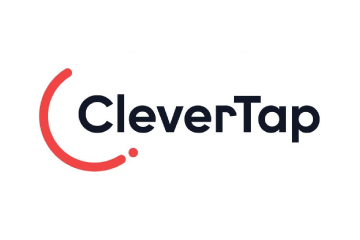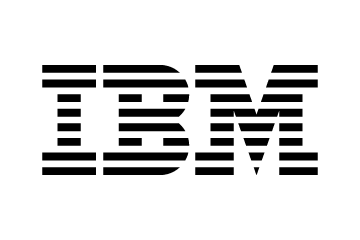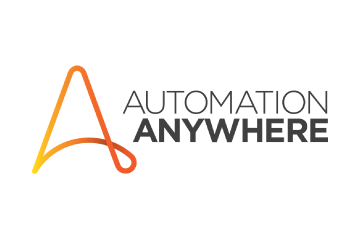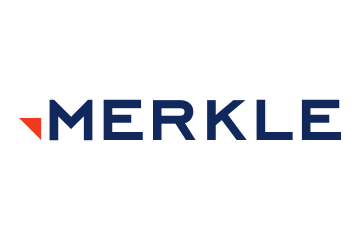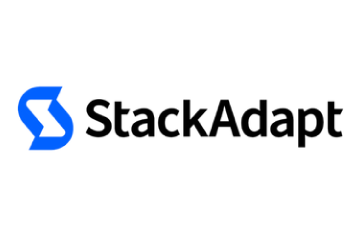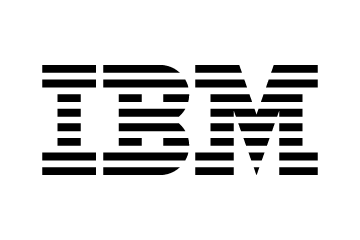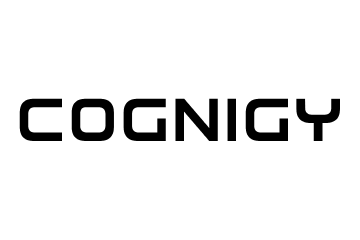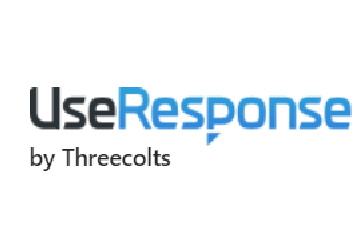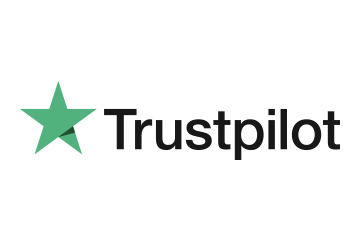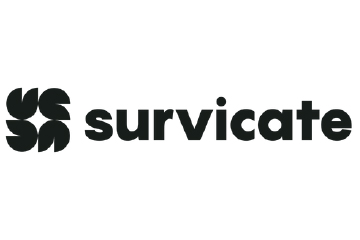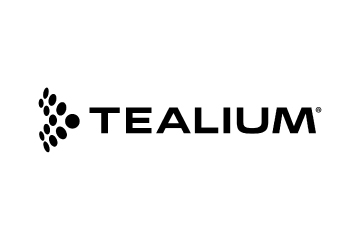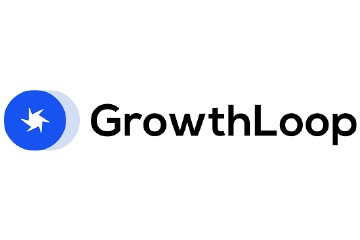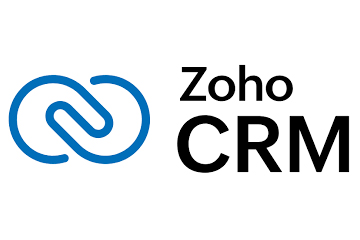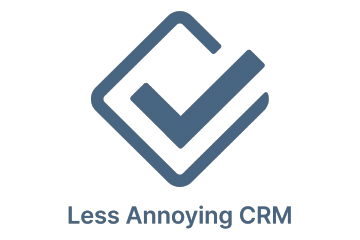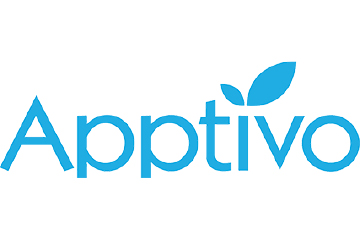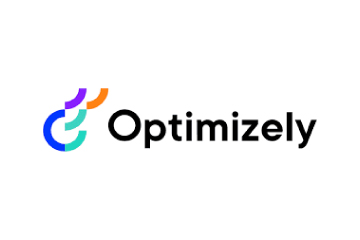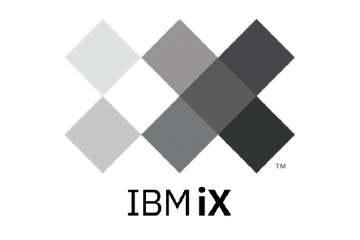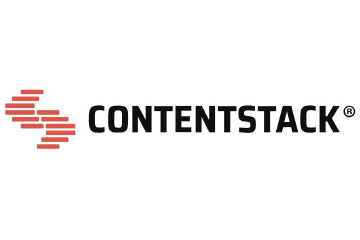Is the stack too bloated or just misaligned?
“Both! The average techstack isn’t lacking for capability, but what it often is lacking is proper integration and decent “fuel”, (e.g. data that flows end-to-end and processes that make the most of the capabilities that are on offer),” he answers.
The IMG survey data paints a bleak picture:
- 75% of CMOs say creative time is lost to martech issues
- 1 in 12 admit martech has made their job less enjoyable
- And a staggering 66% of martech tools and licences go unused, as reported by Gartner
“I find this outrageous,” says Steve. “In no other walk of life would we allow this. Imagine buying an eight-bedroom household for the average 2.4-children family?!”
So, what’s going wrong?
The Hidden Burnout Engine: Misaligned Martech
Contrary to popular belief, it’s not about tool bloat alone. “The average stack isn’t lacking for capability,” Steve clarifies. “What it often is lacking is proper integration and decent ‘fuel’ — data that flows end-to-end, and processes that actually make the most of what the tools can offer.”
The consequence is predictable: marketers are stuck in fragmented systems, using outdated workflows, while the promise of performance remains elusive.
Composability Is Coming, But Burnout Won’t Wait
With pressure mounting, many companies are asking: is now the time to consolidate our stack? Or do we go all-in on composability?
“Consolidation saves money. Integration drives efficiency. Both can help,” Steve says. But he’s quick to point out the operational reality: many large organisations are deeply entangled in legacy systems.
“This worries me as it likely means even longer periods of ineffective use of technology in marketing departments, at a time when teams are under more scrutiny than ever.”
“The average CMO, with the typically 3-4 year term, may not see the widespread transition to composable martech tools during their tenure, However, that’s not a good enough reason for martech companies not to pursue composability, and it’s not a good enough reason for CMOs not to try and find efficiencies elsewhere.”
Generative AI: A Solution or a Smokescreen?
In 2025, there is hardly a conversation about martech without mentioning generative AI. But the hype isn’t always helpful. “We’re seeing most new AI tools being layered onto existing operations as part of a corporate arms race,” Steve explains. “Teams are now having to deal with AI issues on top of existing data quality issues and process gaps.”
His take is blunt and refreshingly unsentimental: “It’s not about the sophistication of the tool. It’s about the competence of the operational environment it’s deployed into.”
AI can’t fix broken systems. It will only accelerate the dysfunction if teams don’t have the structure, training, and clarity needed to implement it meaningfully.
Perhaps the most sobering insight from the IMG report isn’t about systems at all. It’s about people.
Steve predicts a looming talent crisis: “We’re heading for a mass exodus of frustrated marketing professionals who are tired of being tech support rather than strategic marketers.”
His warning is supported by hard numbers. According to IMG, 92% of CMOs admitted they would have considered a different career path had they known how tech-heavy the role would become. That’s not just burnout. That’s brand leadership in jeopardy.
It’s Time to Rethink the ‘Stack First’ Mentality
Burnout isn’t a future risk. It’s already here. Fixing martech starts with restoring clarity, confidence, and creativity to the people trying to do the actual work.
“Give marketers the operational knowledge, processes, and support they need to confidently use their tools,” says Steve, “and suddenly, the same stack could become productive rather than problematic.”
Martech strategy needs to start with people or it will end with their resignation.
ALSO READ: Martech Leaders Break Down the Real Impact of AI

















